Following instructions Building Vocabulary Worksheets for Ages 5-6
10 filtered results
-
From - To
Enhance your child's vocabulary and comprehension skills with our "Following Instructions Building Vocabulary Worksheets" designed specifically for ages 5-6. These engaging worksheets feature fun activities that teach children the importance of listening and understanding directions. Kids will practice following step-by-step instructions while building their word knowledge in a playful format. Each worksheet fosters critical thinking and decision-making skills through various interactive exercises, ensuring a delightful learning experience. Perfect for educators and parents alike, these resources aim to empower young learners, preparing them for future academic success. Download now to inspire a love for language and skillful instruction-following in your little ones!


Red and Blue Coloring Fun Worksheet
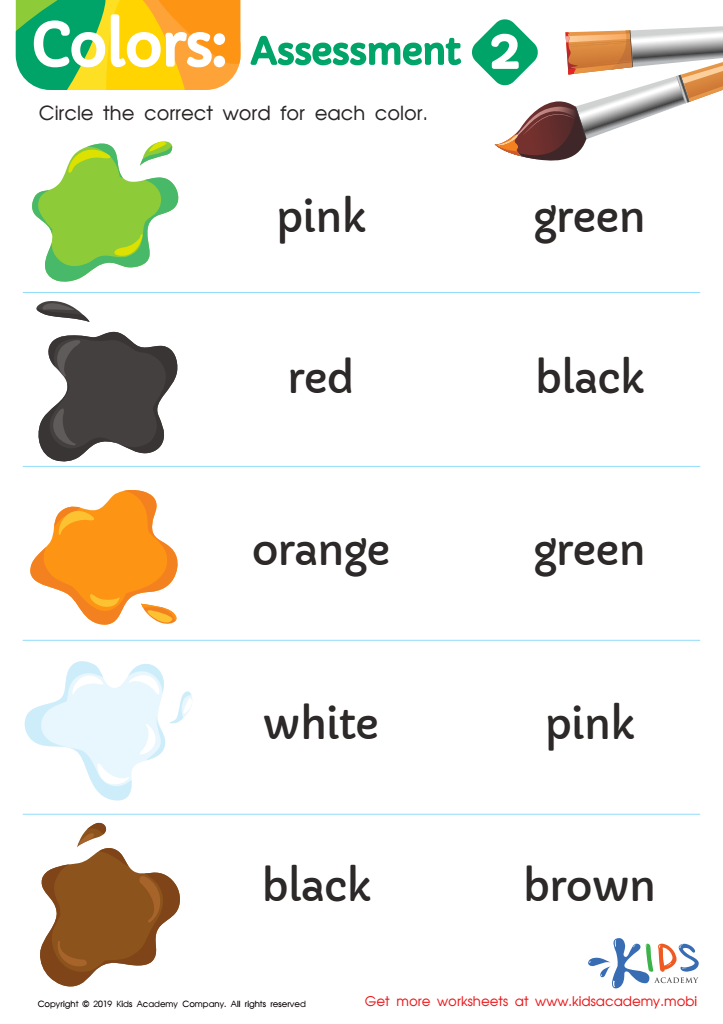

Colors: Assessment 2 Worksheet
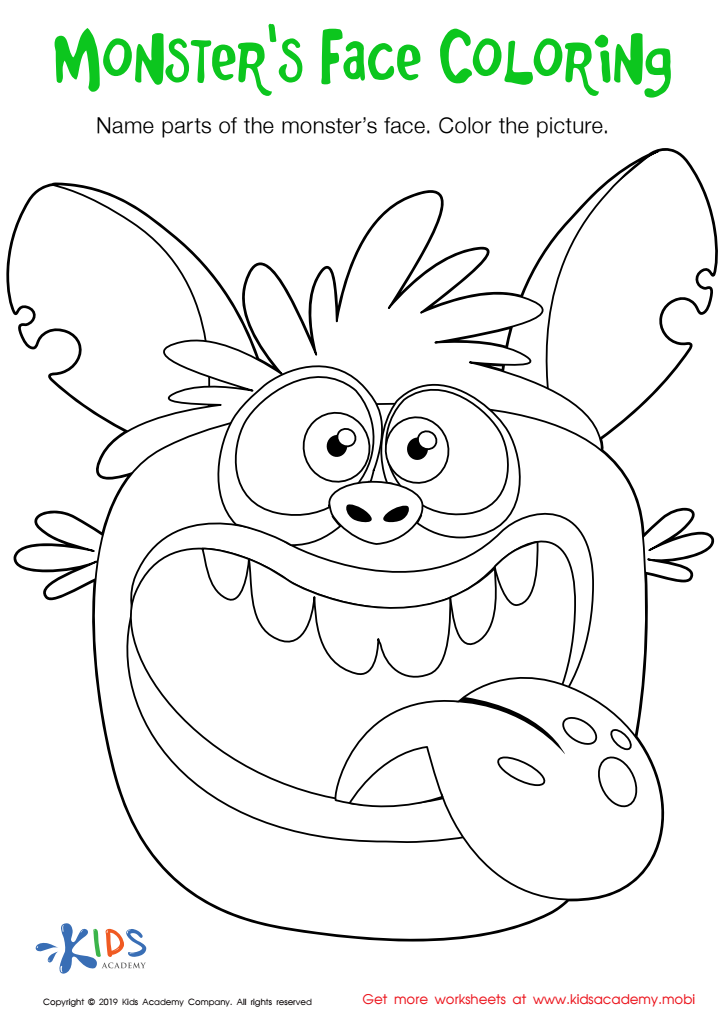

Monster's Face Coloring Worksheet
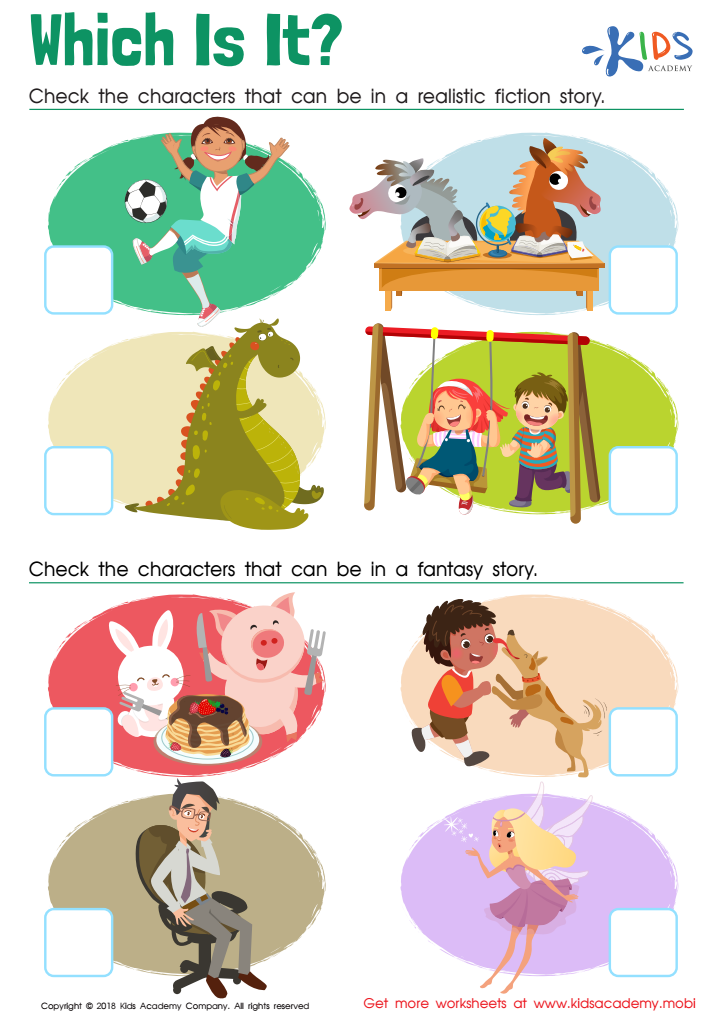

Which Is It? Worksheet
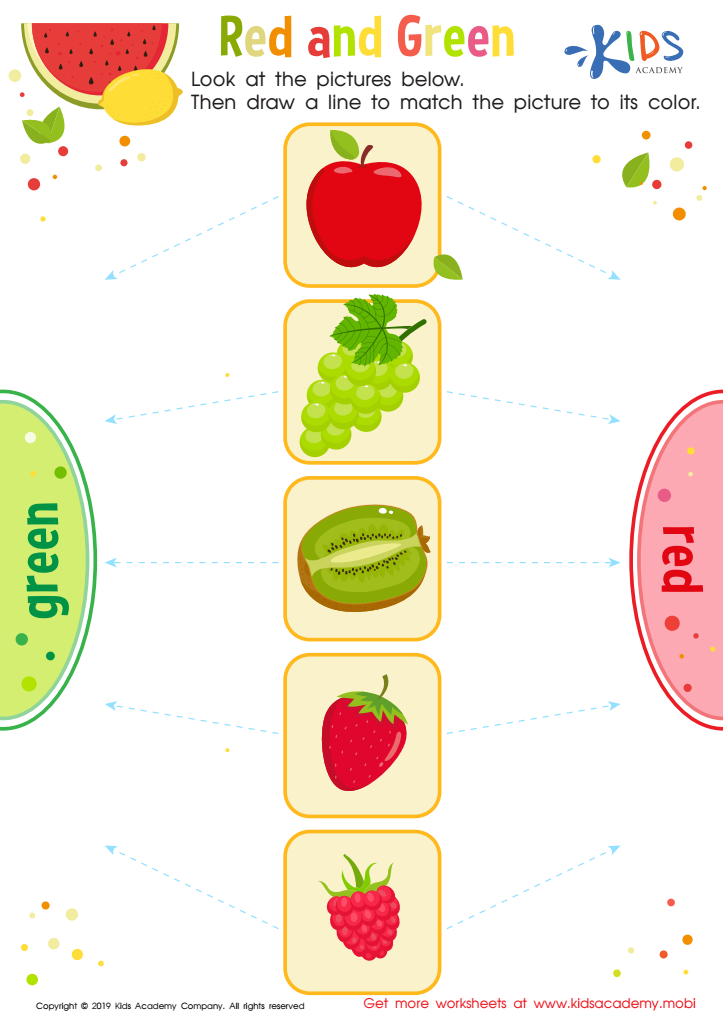

Red and Green Worksheet
Following instructions and building vocabulary are crucial skills for children aged 5-6, significantly impacting their learning and socialization. For parents and teachers, nurturing these skills is essential for several reasons.
First, following instructions is foundational for children's education. It sets the stage for successful classroom participation and individual learning. When children learn to follow instructions, they improve their ability to concentrate, listen, and understand complex tasks. This cognitive ability translates into better academic performance across subjects.
Building vocabulary is equally important at this age, as it influences communication skills and comprehension. A rich vocabulary enhances children's ability to express their thoughts and feelings, facilitating smoother interactions with peers and adults. Early exposure to diverse words helps children develop critical thinking and problem-solving skills.
By prioritizing these areas, parents and teachers foster an enriched learning environment. They help children feel more confident and capable, creating a solid foundation for future academic success. Engaging activities, like reading together or playing games that require following directions, can make both following instructions and vocabulary building enjoyable for young learners. In this way, they curry favor with lifelong learning habits that can benefit children as they grow.

 Assign to My Students
Assign to My Students
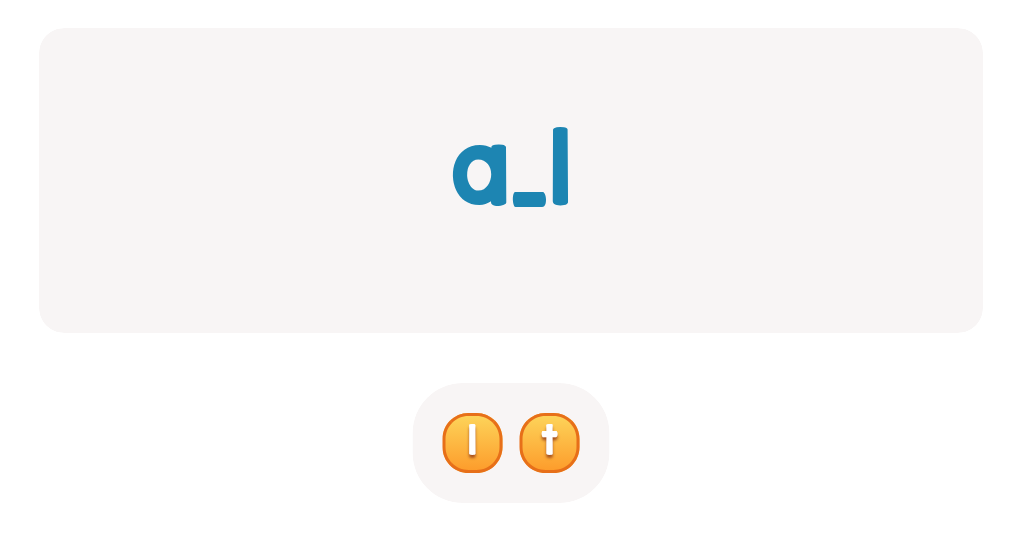

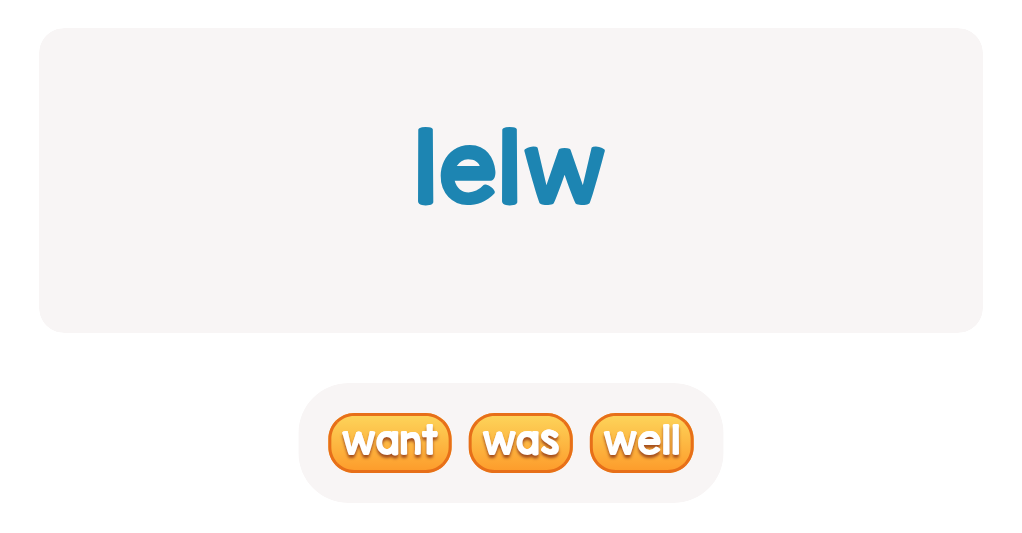
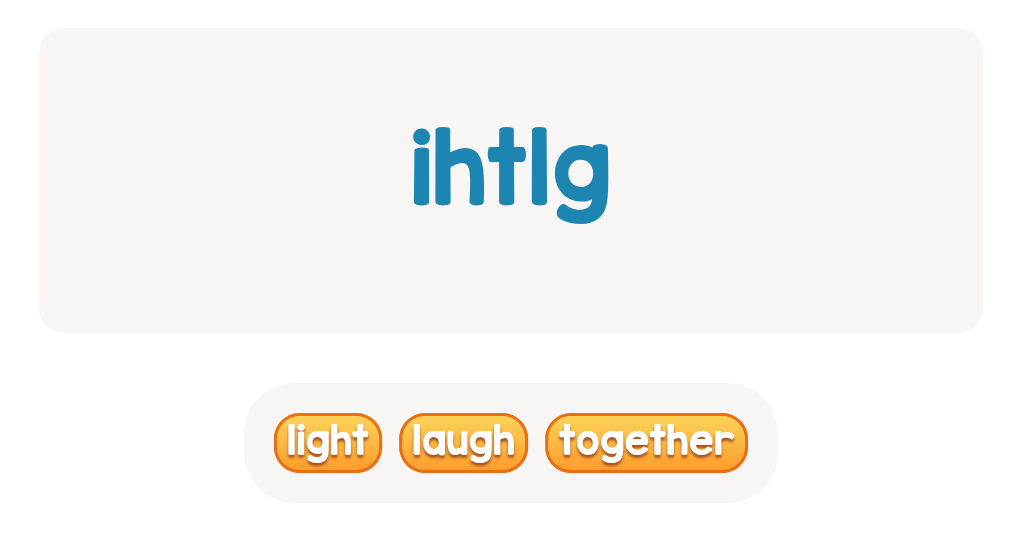
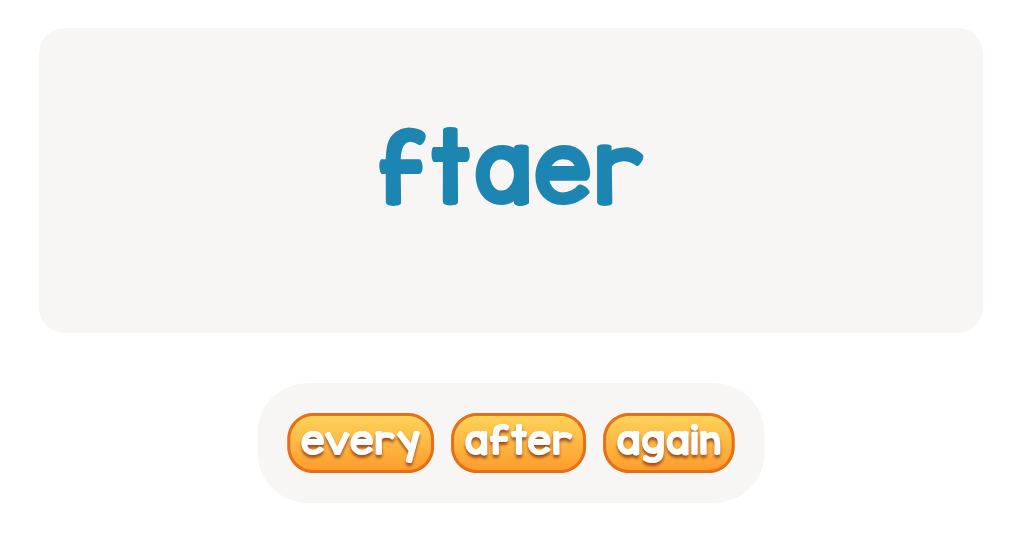
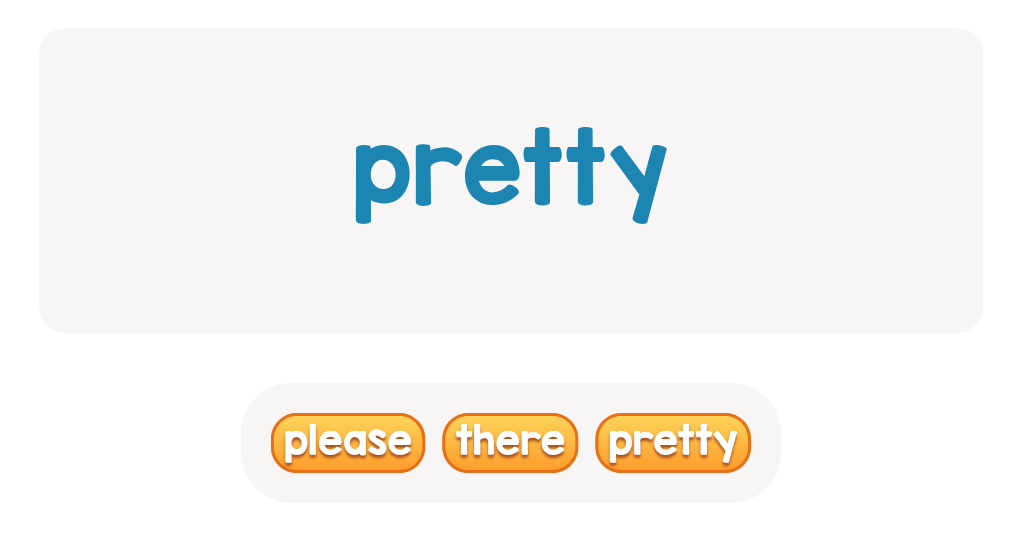
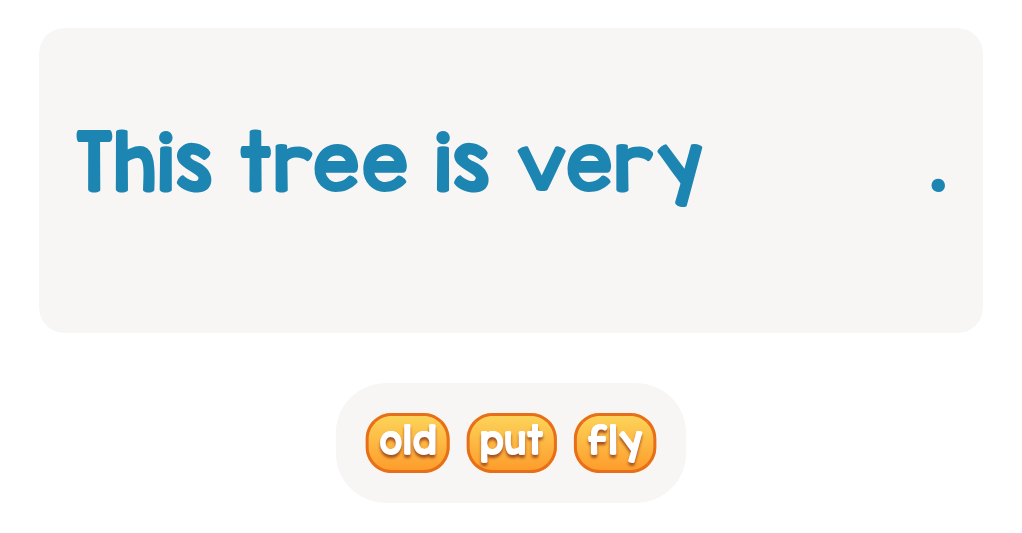
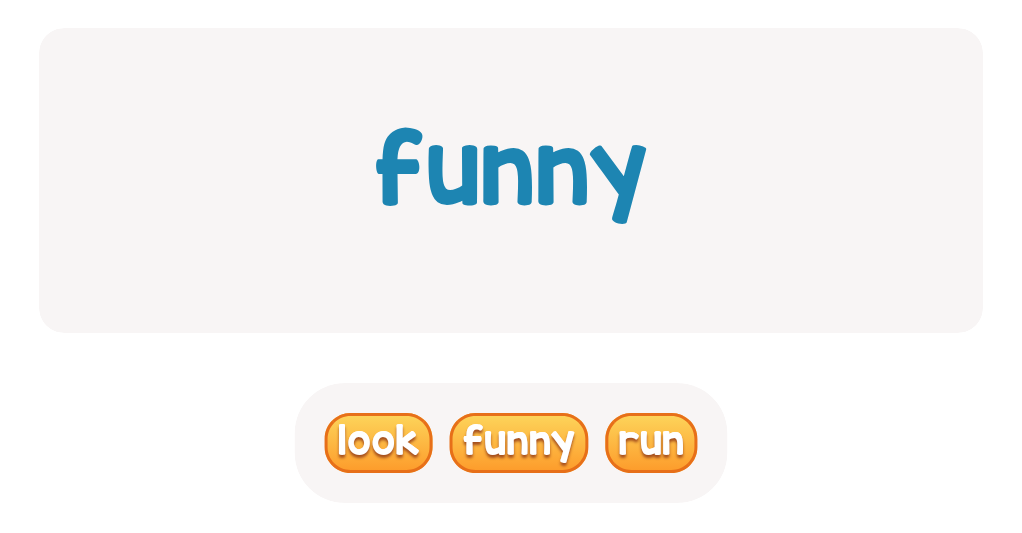
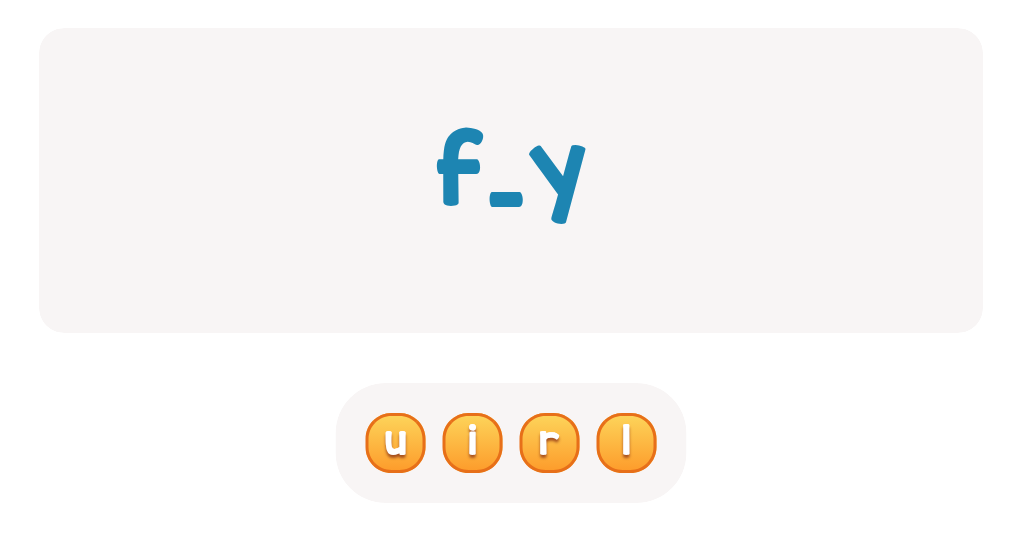



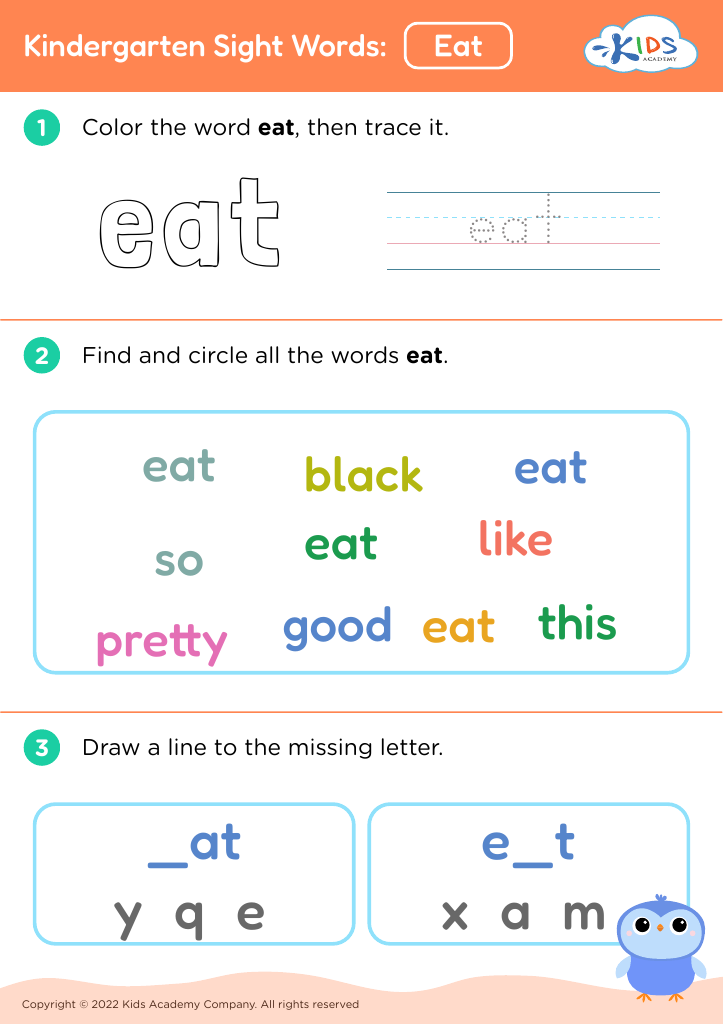


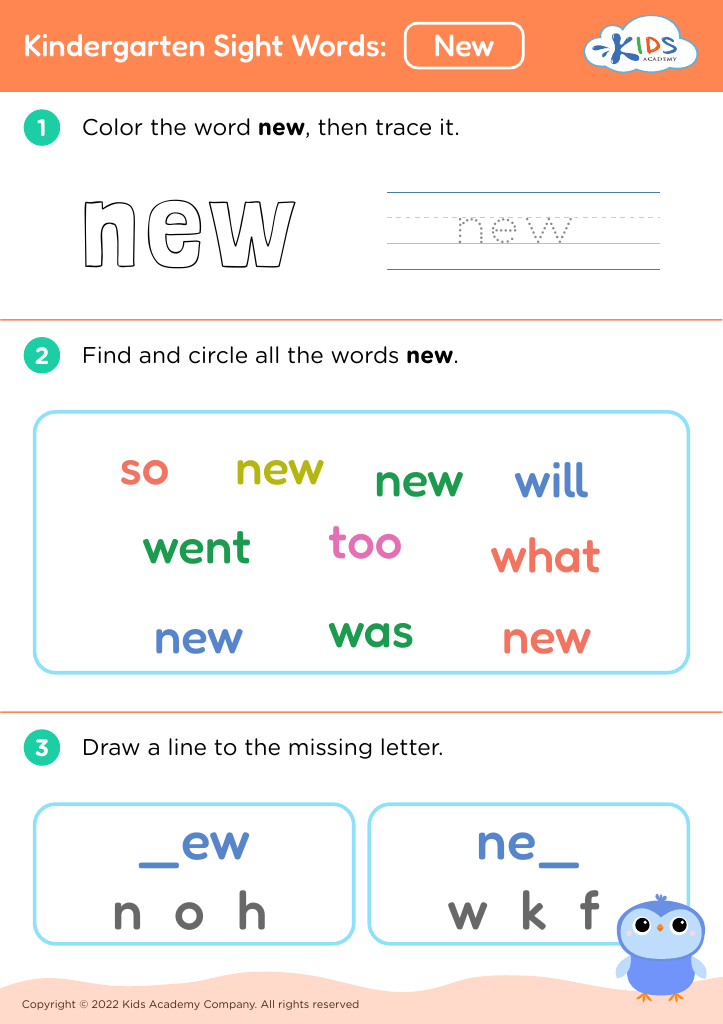
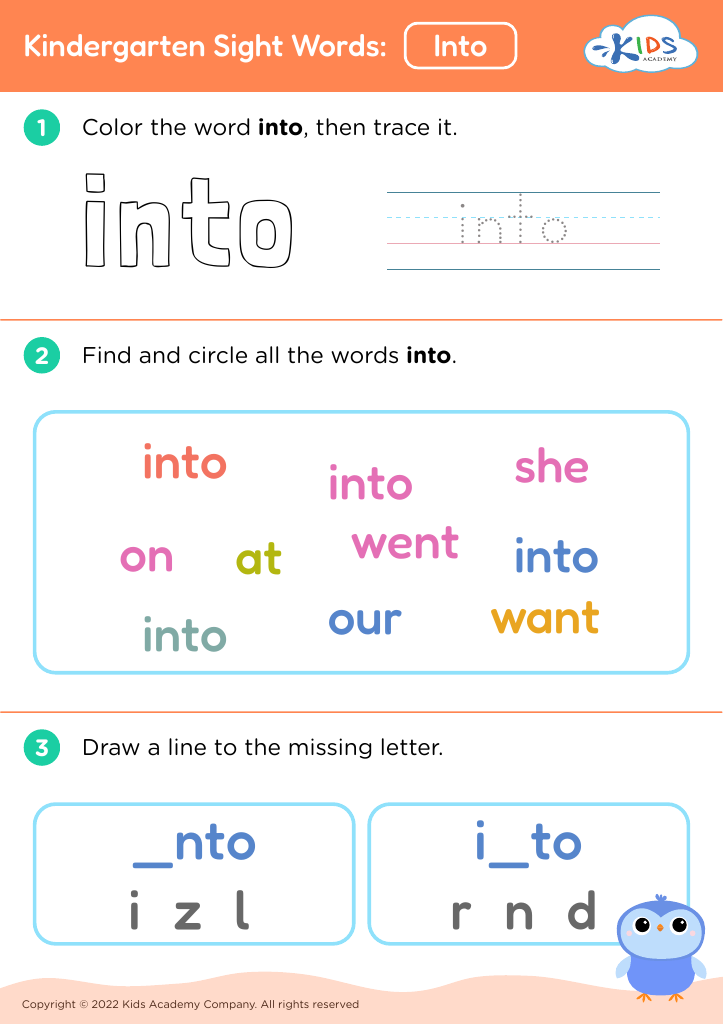






.jpg)













